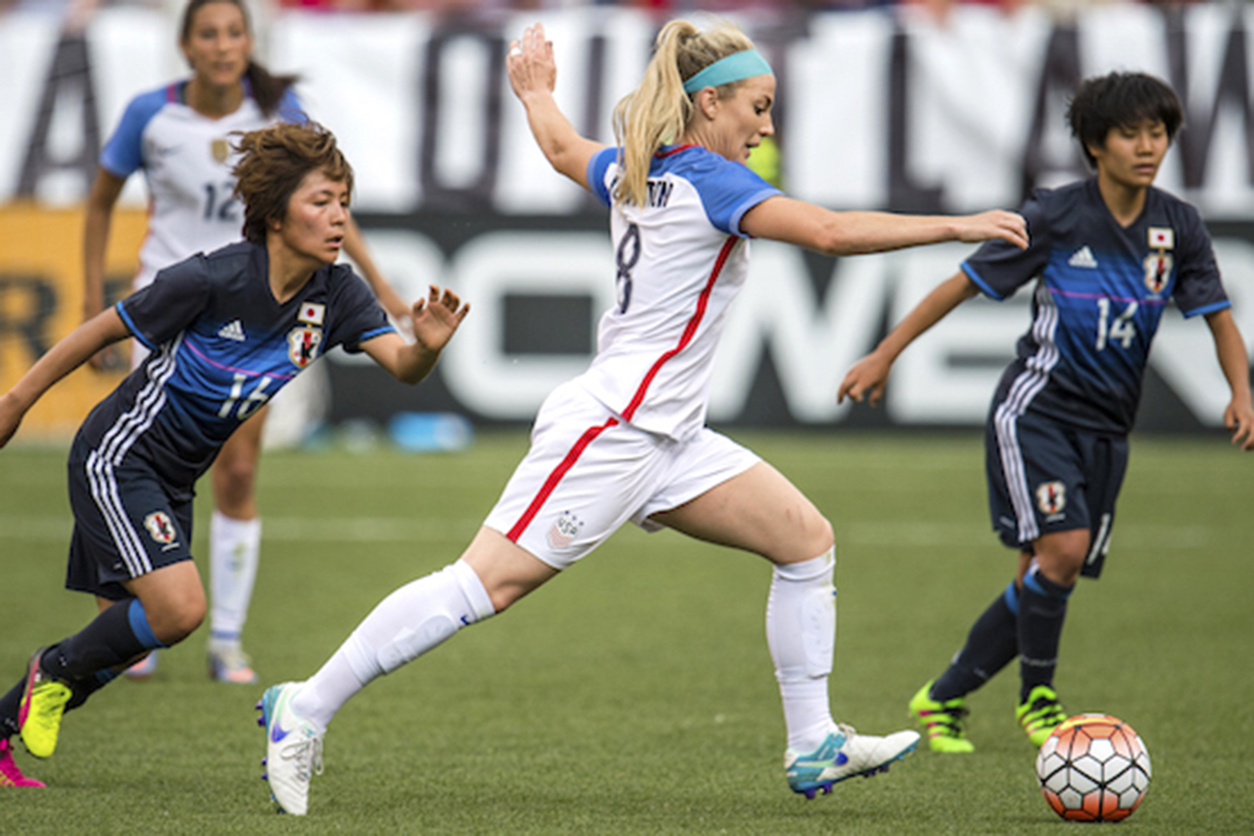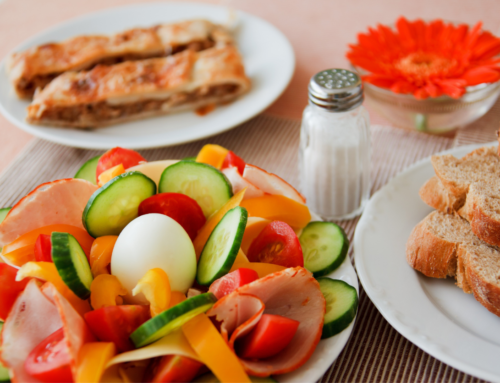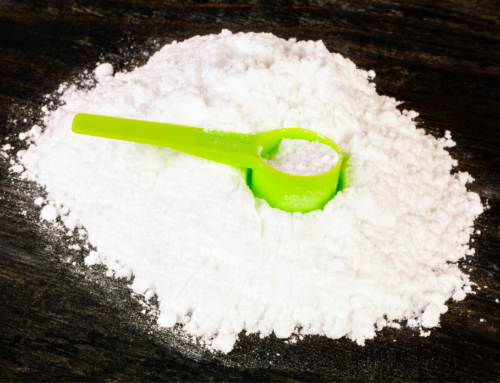How to Eat Like The U.S. Women’s National Team
If the U.S. Women’s National Soccer Team goes the distance at the World Cup this year, they’ll spend more than a month on the road, playing a total of seven games at sold-out stadiums across France. It’s like what your travel team goes through when you travel to an out-of-town weekend tournament, multiplied by 11. To stay properly fueled across so many locations for so long, they can’t rely on snack bar fare—they need high-quality food, and lots of it.
“It’s extremely hard in a tournament situation like the World Cup to individually cook each meal for 23 different players,” says Dawn Scott, the team’s High Performance Coach. “We go with a streamlined buffet, where players can make choices from the right foods for each meal.”
Offering them a variety of healthy options ensures that the players won’t get bored and binge on junk food when the coaches aren’t looking. And it helps the training staff know that players are getting the macronutrients they need to support their activity. “We’re putting out the right proteins and the right carbohydrates for each meal time,” Scott says.
The buffet includes standard athlete staples—lean proteins, salads and greens, fruits and vegetables, and high-quality carbs like rice and quinoa. On occasion, Scott throws in more indulgent options as a treat. She says, “It’s a give and take. It’s not unreasonable to have comfort foods every few days. Bacon or sausage at breakfast or a turkey burger and sweet potato fries for lunch can go a long way.”
Scott uses high-tech tools to make sure her players stay on track. Every morning during the tournament, athletes wake up, weigh-in, and turn in urine samples, which are analyzed to determine their hydration levels. “That way, we can tell if players are losing water weight or if they’re losing muscle,” Scott says.
Players also wear GPS trackers and heart rate monitors so coaches can record how much activity they do each day. Scott uses the data to make adjustments to the dietary plan. She says, “[Following] each session I make the team a recovery drink. Based on how intense the session was, I’ll tweak the recipe. If it’s after a lifting session, the drink will be more protein. If it was a high-intensity on-field practice, I’ll up the carbohydrate content. It’s all about refueling them so they can work at an optimal level.”
Staples of the USWNT Menu
Eggs
“Protein is always a priority,” Scott says, “as it should be.” Protein helps athletes rebuild and repair muscle tissues. Eggs are chock full of essential amino acids and high-quality, fast-absorbing protein. That’s why Scott says, “We have an egg station every morning, and the players can order eggs whatever way they like.”
Superfood Smoothies
Not big on broccoli? Blend it with some berries. Smoothies are a delicious way to consume nutrient-dense foods that athletes might not otherwise enjoy eating. The U.S. team’s smoothie bar includes foods like goji berries, which boost your immune system, chia seeds, which are high in fiber, and coconut oil, which is high in healthy fats.
Yogurt Parfaits
Athlete-friendly parfaits are a favorite dessert choice among the Women’s National Team players. Combine low-fat Greek yogurt with fresh fruit like blueberries and raspberries for a delicious treat packed with protein, vitamins and antioxidants.
Salmon
Red meat takes longer to digest and can leave you feeling sluggish during crunch time, so Scott has the team skip meat in favor of chicken or fish before a game or practice.
Kale
A selection of grilled and steamed vegetables is available at every lunch and dinner. Kale is packed with vitamins, minerals and antioxidants.
Beetroot Juice
Beetroot juice is high in nitrates, which allow the blood to pump through the body more efficiently, improving endurance. Scott says, “It’s an extra supplement for the team. It’s been found to be beneficial for long-distance endurance sports, and it could certainly have a place in soccer.”
Gummy Bears
This one is more of a mid-competition snack. Elite soccer players run nearly seven miles during every game, so refueling at halftime is a necessity. Players often opt for sports drinks or gels, but some prefer other easy-to-digest carbohydrates for quick energy. Scott says some players opt for bananas or a handful of gummy bears.
Original Article Posted on stack.com
Did you enjoy this article, ‘How to Eat Like The U.S. Women’s National Team’? If so, check out our other articles HERE.





